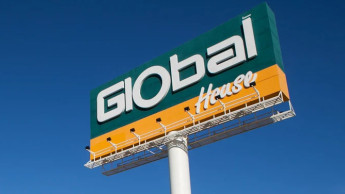We decided not to rummage through the archives and include a major retrospective on 30 years of DIY retailing in this issue. This is because we believe our readers would prefer to spend the limited time they have for reading on considering the challenges of the present and future rather than those of the past. And so - because numerical symbolism is topical here - we asked our statistics department to compile a detailed sales ranking of the current Top 30 in the international home improvement industry.
I would like to share with you one thought that links the past to the future, however. When the home centres first appeared on the scene with their big-box formats (well over a decade earlier), they proved to be disruptors. Indeed, that was their business model: to provide a modern alternative concept to the rusted ironmongery trade and later on to the garden supplies trade.
Today these home centres are being forced to ward off disruption by retail companies that are supposedly alien to the sector. As recently as at the Global DIY Summit in Stockholm the term "disruption" was doing the rounds in the DIY business; it was becoming evident that retailers were gradually losing their accustomed control over sales and marketing, something which is now happening online also.
This is why the priority for DIY stores is not to be the bigger online retailer, but the better stationary retailer - better when they…

 Menü
Menü
















 Newsletter
Newsletter